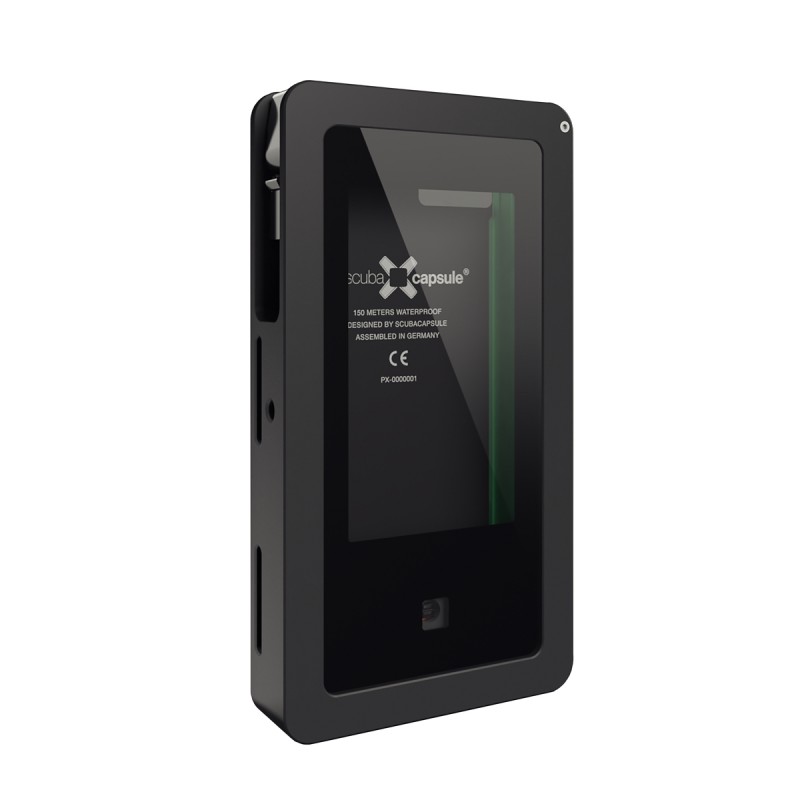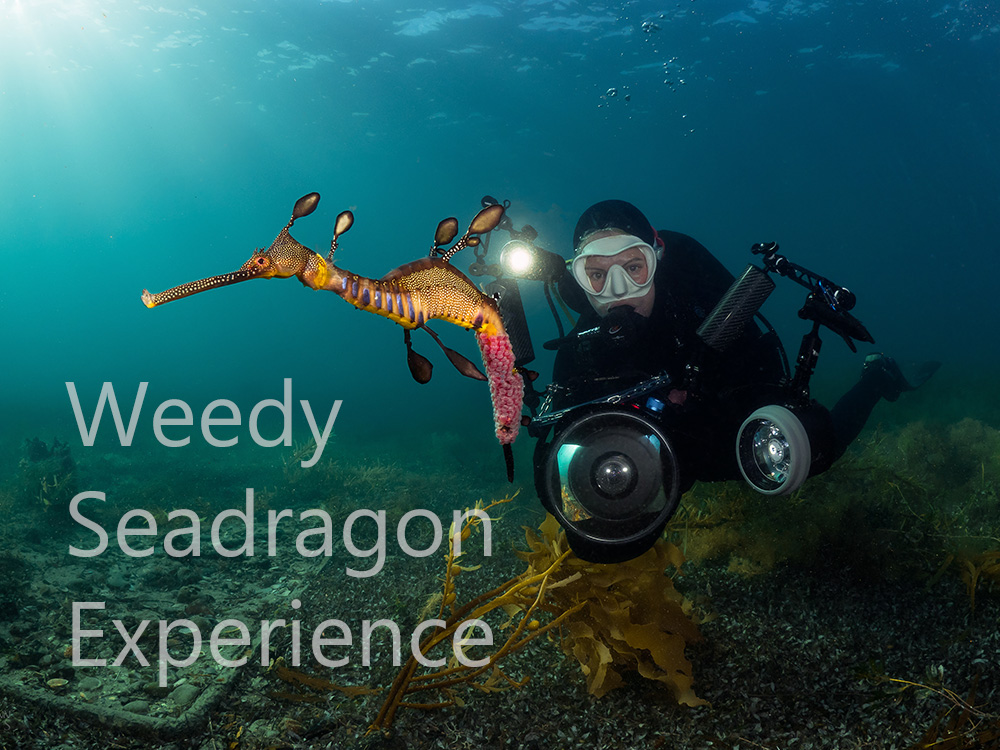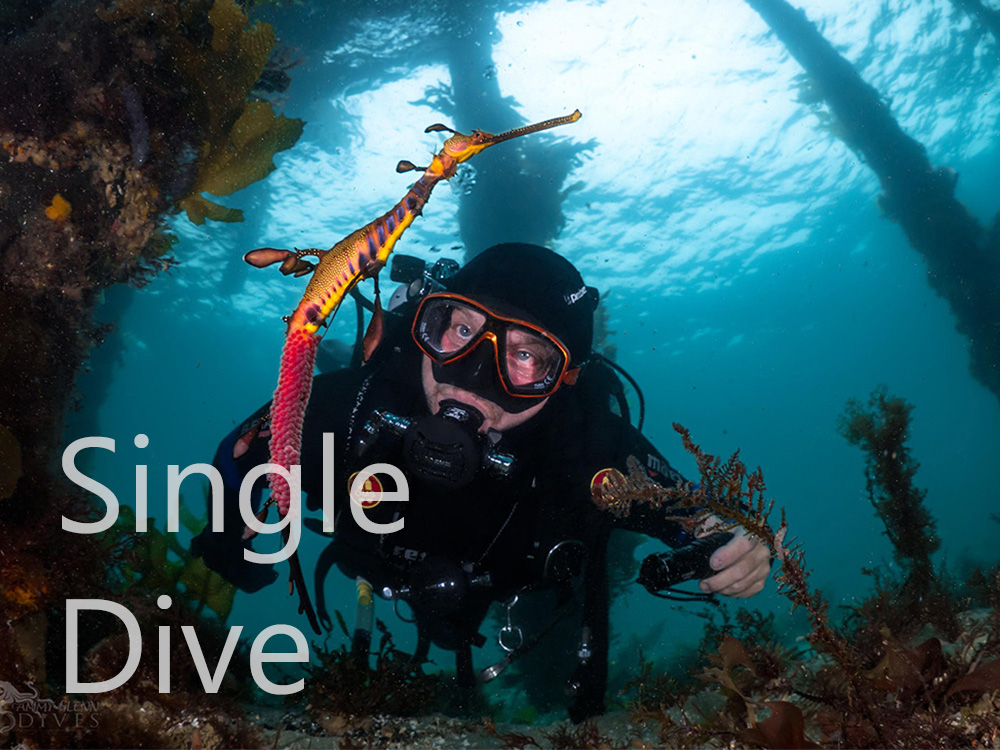Navigation
Gulf of Carpentaria
![]() Wreck Dive |
Wreck Dive | ![]() Boat access
Boat access
![]()
![]()
![]()
![]()
![]()
Iron Screw Steamer | Max Depth: 50 m (164 ft)
On 15 September 1885, the Gulf of Carpentaria (aka SS Gulf of Carpentaria) steamship, bound for England, struck an uncharted rock off Wilsons Promontory, Victoria, Australia, and sank. Now, 130 years later, the shipwreck lies mostly collapsed near the Anser Island Group within the Wilsons Promontory Marine National Park. Nature is reclaiming her.
The Gulf of Carpentaria is historically significant as the wreck of an international cargo and passenger ship, and for its role as a link between Britain and her colonies. It's archaeologically significant as it was wrecked without having been salvaged.
Diving the Gulf of Carpentaria Shipwreck
SS Gulf of Carpentaria shipwreck
from Allie Beckhurst
on Vimeo.
Bass Strait Warning: Always keep an eye on sea conditions throughout any shore or boat dive in Bass Strait on Victoria's coastline. Please read the warnings on the web page diving-in-bass-strait before diving or snorkelling this site.
Gulf of Carpentaria Shipwreck History — Built in 1881
The Gulf of Carpentaria was an iron screw steamer of 2,454 l-ton (2,493 t). The overall length of the vessel was approximately 289.7 ft (88 m), beam 38.1 ft (12 m) and draught 17.7 ft (5.39 m). Built in 1881, by W. Gray and Co., West Hartlepool, UK, the hull was double bottomed and divided into six water-tight compartments by bulkheads.
Gulf of Carpentaria Sinking — 15 September 1885
Early Bass Strait shipping rounding Wilsons Promontory would pass through the Anser Group of Islands and in particular between Anser and Kanowna Islands. This was thought to be a safe and deep water passage of about 50m in depth and around 1km in width. Some distance north-west of Kanowna Island there is an area of lesser depths but mostly still 20m or more.
What was not known at that time was that a small "nipple", just 40m in extent, protrudes further upwards to a minimum depth of just 5m. There must have been lots of unnoticed "near misses" in this much used channel over the early years.
On the morning of 15 September 1885 that luck ran out! The steamer S.S. Gulf of Carpentaria traveling westward at full speed under the command of Captain Robert Thompson "discovered" that rock peak. It tore the bottom out of parts of the ship and gave birth to the previously uncharted rock from then on being known as "Carpentaria Rock".
Carpentaria Rock
Latitude: 39° 8.739′ S (39.14565° S / 39° 8′ 44.34″ S)
Longitude: 146° 17.727′ E (146.29545° E / 146° 17′ 43.62″ E)
135 m, bearing 60°, ENE
It appears the vessel washed off the rock some time later and went down head first in deeper water nearby. Today's shipping channel around the Prom skirts around well south of the all the Anser Group of Islands and has separated eastbound and westbound lanes for added safety.
See also, Heritage Council Victoria: SS Gulf of Carpentaria,
Australian National Shipwreck Database: S.S. Gulf of Carpentaria, and
Trove: Foundering of the Gulf of Carpentaria, The Brisbane Courier (QLD: 1864-1933) Friday 25 September 1885, Page 3.
Heritage Warning: Any shipwreck or shipwreck relic that is 75 years or older is protected by legislation. Other items of maritime heritage 75 years or older are also protected by legislation. Activities such as digging for bottles, coins or other artefacts that involve the disturbance of archaeological sites may be in breach of the legislation, and penalties may apply. The legislation requires the mandatory reporting to Heritage Victoria as soon as practicable of any archaeological site that is identified. See Maritime heritage. Anyone with information about looting or stolen artefacts should call Heritage Victoria on (03) 7022 6390, or send an email to heritage.victoria@delwp.vic.gov.au.
Wilsons Promontory Marine National Park
This site lies in Wilsons Promontory Marine National Park, Victoria's largest marine sanctuary. There is a huge diversity of marine life within the waters at the Prom. Brilliantly coloured fish are present such as the Red Velvetfish, Eastern Blue Groper and Wrasse as well as Leafy Seadragons and schools of Barber Perch. Intertidal molluscs such as limpets and snails, as well as anemones, brittlestars and seastars, are also common within the waters.
Divers will experience fascinating sponge gardens which consist of a techni-coloured assemblage of sponges, sea tulips, sea whips, lace corals and seafans. Octopus emerge at night whilst sharks and rays roam the sandy areas.
The offshore islands support many colonies of fur seals and oceanic birds such as Little Penguins, Fairy Prions, Silver Gulls and Pacific Gulls.
See also, Parks Victoria: Wilsons Promontory Marine National Park,
Park Note: Wilsons Promontory Marine National Park, and
Wikipedia: Wilsons Promontory Marine National Park.
You are not permitted to carry a spear gun while snorkelling or scuba diving in Wilsons Promontory Marine National Park.
Finding the Gulf of Carpentaria Shipwreck
We have other GPS marks for the Gulf of Carpentaria other than the GPS mark we're using.
- GPS:
Latitude: 39° 8.775′ S (39.14625° S / 39° 8′ 46.5″ S)
Longitude: 146° 17.645′ E (146.294083° E / 146° 17′ 38.7″ E) - Dive Victoria:
Latitude: 39° 8.640′ S (39.144° S / 39° 8′ 38.4″ S)
Longitude: 146° 17.968′ E (146.2994667° E / 146° 17′ 58.08″ E)
527 m, bearing 61°, ENE - eChart:
Latitude: 39° 8.666′ S (39.144433° S / 39° 8′ 39.96″ S)
Longitude: 146° 17.978′ E (146.299633° E / 146° 17′ 58.68″ E)
520 m, bearing 67°, ENE - Packo's Suggestion:
Latitude: 39° 8.666′ S (39.144433333° S / 39° 8′ 39.96″ S)
Longitude: 146° 17.983′ E (146.29971667° E / 146° 17′ 58.98″ E)
526 m, bearing 67°, ENE - GetUnder Dive Club:
Latitude: 39° 8.547′ S (39.14245° S / 39° 8′ 32.82″ S)
Longitude: 146° 17.572′ E (146.292866° E / 146° 17′ 34.32″ E)
435 m, bearing 346°, NNW - Allie Beckhurst:
Latitude: 39° 8.389′ S (39.13981667° S / 39° 8′ 23.34″ S)
Longitude: 146° 17.733′ E (146.29554722° E / 146° 17′ 43.97″ E)
726 m, bearing 10°, N
It would be interesting for someone to check them out and report back to us what, if anything, is there. It would be awesome if someone with an accurate verified GPS location could provide us with it.
See also, Bayonet and Gulf of Carpentaria GPS Mystery Marks
Traditional Owners — This dive site is in the traditional Country of the Boon Wurrung / Bunurong people of the Kulin Nation. This truly ancient Country includes parts of Port Phillip, from the Werribee River in the north-west, down to Wilson's Promontory in the south-east, including the Mornington Peninsula, French Island and Phillip Island, plus Western Port. We wish to acknowledge the Boon Wurrung as Traditional Owners. We pay respect to their Ancestors and their Elders, past, present and emerging. We acknowledge Bunjil the Creator Spirit of this beautiful land, who travels as an eagle, and Waarn, who protects the waterways and travels as a crow, and thank them for continuing to watch over this Country today and beyond.
Gulf of Carpentaria Location Map
Latitude: 39° 8.775′ S (39.14625° S / 39° 8′ 46.5″ S)
Longitude: 146° 17.645′ E (146.294083° E / 146° 17′ 38.7″ E)
Datum: WGS84 |
Google Map
Added: 2012-07-22 09:00:00 GMT, Last updated: 2022-05-01 10:45:13 GMT
Source: GPS
Nearest Neighbour: Kanowna Island, Seal School, 1,179 m, bearing 115°, ESE
Iron Screw Steamer, 2434/ 1569 ton.
Built: West Hartlepool, UK, 1881.
Sunk: 15 September 1885.
Anser Island Group.
Wilsons Promontory Marine National Park.
Depth: 48 to 50 m.
Dive only on: SWF, SWE.
[ Top ]
DISCLAIMER: No claim is made by The Scuba Doctor as to the accuracy of the dive site coordinates listed here. Should anyone decide to use these GPS marks to locate and dive on a site, they do so entirely at their own risk. Always verify against other sources.
The marks come from numerous sources including commercial operators, independent dive clubs, reference works, and active divers. Some are known to be accurate, while others may not be. Some GPS marks may even have come from maps using the AGD66 datum, and thus may need be converted to the WGS84 datum. To distinguish between the possible accuracy of the dive site marks, we've tried to give each mark a source of GPS, Google Earth, or unknown.














![Halcyon Infinity 30lb System [SS Small Backplate] Halcyon Infinity 30lb System [SS Small Backplate]](/diveshop/images/halcyon/Halcyon-Evolve-Wing.jpg)



















































































































